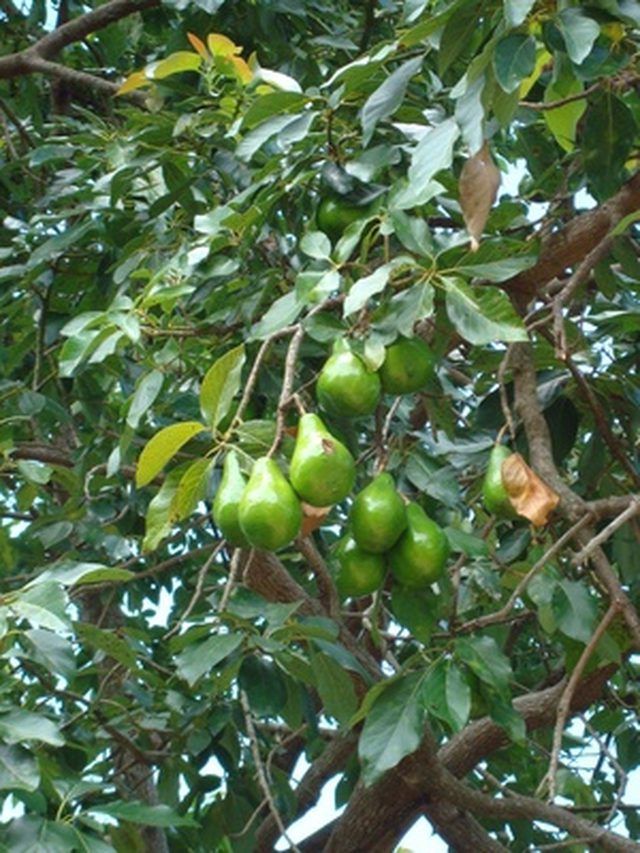Bulbs
Flower Basics
Flower Beds & Specialty Gardens
Flower Garden
Garden Furniture
Garden Gnomes
Garden Seeds
Garden Sheds
Garden Statues
Garden Tools & Supplies
Gardening Basics
Green & Organic
Groundcovers & Vines
Growing Annuals
Growing Basil
Growing Beans
Growing Berries
Growing Blueberries
Growing Cactus
Growing Corn
Growing Cotton
Growing Edibles
Growing Flowers
Growing Garlic
Growing Grapes
Growing Grass
Growing Herbs
Growing Jasmine
Growing Mint
Growing Mushrooms
Orchids
Growing Peanuts
Growing Perennials
Growing Plants
Growing Rosemary
Growing Roses
Growing Strawberries
Growing Sunflowers
Growing Thyme
Growing Tomatoes
Growing Tulips
Growing Vegetables
Herb Basics
Herb Garden
Indoor Growing
Landscaping Basics
Landscaping Patios
Landscaping Plants
Landscaping Shrubs
Landscaping Trees
Landscaping Walks & Pathways
Lawn Basics
Lawn Maintenance
Lawn Mowers
Lawn Ornaments
Lawn Planting
Lawn Tools
Outdoor Growing
Overall Landscape Planning
Pests, Weeds & Problems
Plant Basics
Rock Garden
Rose Garden
Shrubs
Soil
Specialty Gardens
Trees
Vegetable Garden
Yard Maintenance
How to Grow Avocado Trees in Florida
How to Grow Avocado Trees in Florida. Three types of avocado trees exist: The West Indian, which grows from February to September; the Guatemalan, from March to January; and the Mexican, which begins to bloom in January and ends fruit production around October. The majority of avocados growing in Florida are West Indian, Guatemalan or a hybrid of...

Three types of avocado trees exist: The West Indian, which grows from February to September; the Guatemalan, from March to January; and the Mexican, which begins to bloom in January and ends fruit production around October. The majority of avocados growing in Florida are West Indian, Guatemalan or a hybrid of the two. Since avocado seeds don't become a true replica of the tree they came from, grafting is one method for getting a new plant of the variety you want started. But the easiest way is to buy a certified disease-free, nursery-grown tree.
Things You'll Need
Shovel
Water
Fertilizer
Fungicide
Choose a healthy young tree. Since nurseries usually sell avocado trees in 3-gallon containers, the University of Florida Extension Office recommends you buy avocado trees that are no taller than 4 feet. The same trees kept in smaller containers, or larger trees in 3-gallon containers, could have roots that have outgrown the space available and begun to grow in circles around the pot, a condition known as "root bound." Often, these trees don't thrive after transplantation, so watch out for this. Also, examine the tree for pests and signs of disease. After you take it home, keep your avocado tree in moist soil until you plant it.
Select the best spot in your garden. Your avocado tree needs two things: a place that stays warm, and soil that drains well. Find a place that's far from any structures and power lines, because avocados grow between 30 to 65 feet tall and can expand just as wide. Don't plant it where it might overshadow other sun-loving plants.
Dig a hole three times as deep and as wide as the nursery container the tree is in. Remove the tree by tipping its container and letting the root ball slide out. Holding the tree by the roots, not the trunk (to prevent breakage), lower it into the hole and backfill it.
Water your tree when you transplant it and every other day the first week. From the second week on, irrigate it twice a week. Adjust this schedule if your area goes for more than five days without rain in the growing season. Likewise, in prolonged rainy weather, stop watering your avocado plant, or reduce the frequency. When your tree turns four years old, you can begin to water it only during long, dry spells and rely mostly on natural precipitation. Like every fruit tree, the avocado needs regular moisture from blooming through fruit production.
Fertilize your avocado tree when new growth begins. The University of Florida Extension Office says you shouldn't apply topsoil, compost or fertilizer to the hole when you plant your tree. Instead, wait until you notice new leaves before you start feeding it once a month. The first year, apply ? lb. of a mix containing phosphate, nitrogen, magnesium and potassium in the growing season. The following years, fertilize the soil four times per growing season, increasing the mix amount as the tree grows without exceeding 20 lbs. in a year. In addition, spray the leaves with a nutritional solution of zinc, manganese, magnesium, boron and molybdenum, in the months the tree is blooming and producing fruit.
Keep an eye out for signs of pests and diseases. Pests that attack avocado trees in Florida include the avocado looper, borers, pyriform scales, dictyospermum scales, avocado red mites, avocado lace bugs and red-banded thrips. Control methods depend on the type of pest infestation you have. Contact a local nursery or extension office to find a solution.
The University of Florida Extension Office explains that the best method to prevent most diseases on your avocado tree is to plant a scab-resistant variety in well-drained soil. But if a fungus attacks your tree, control its spread by applying a fungicide to leaves and fruit not yet infected.